A Beginner’s Guide to LoL in 2024
Interested in League? Getting drug along by friends? Wanting to explore the world of Arcane?! Well, tune in here to learn what you need to know about League of Legends as a beginner.
Interested in League? Getting drug along by friends? Wanting to explore the world of Arcane?! Well, tune in here to learn what you need to know about League of Legends as a beginner.
So, interested in League of Legends? Well, step right in because we’ve got all you need to know about LoL right here! Today we’re going to be unpacking some basic things anyone looking to get into League should know. We’ll talk about Champions, Lanes, the Map itself, and the game's biggest goals. So, if you were looking for a good place to start to learn League of Legends, you’re in the right place.
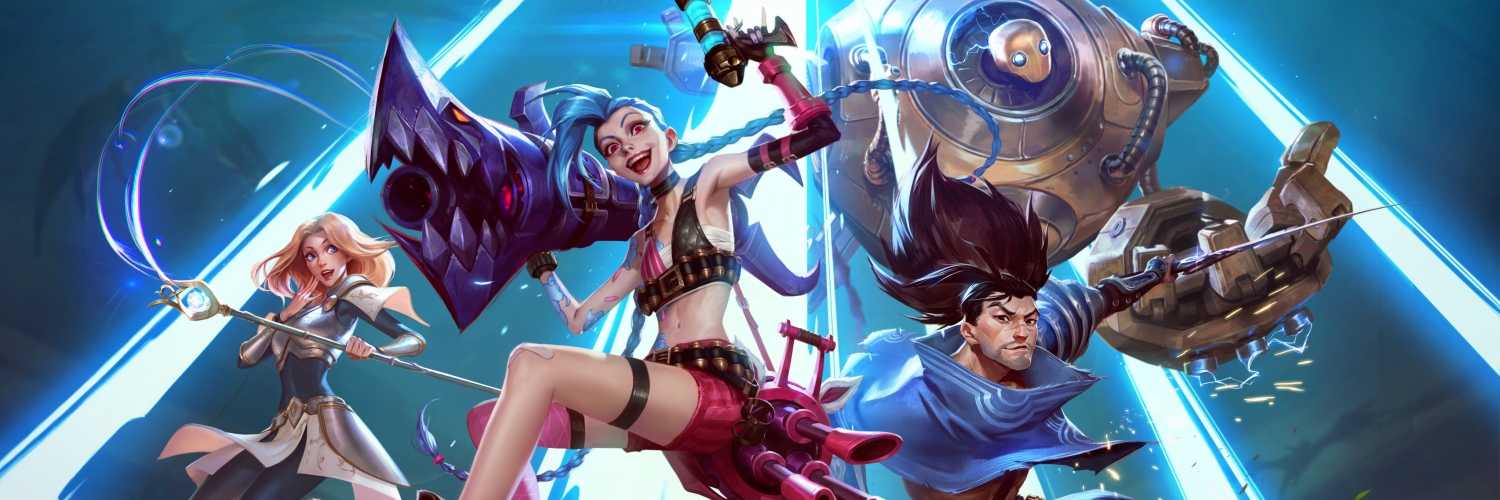
We’ll start off simple by defining League of Legends as a game itself. League is a MOBA or a Multiplayer Online Battle Arena. In MOBAs players select unique characters and compete against other players in an arena that often has objectives or goals that lead to a team or individual winning.
League’s primary MOBA format is a 5v5 format on a map known as Summoner’s Rift. This map and its associated modes are what the League of Legends Professional Scene concerns itself with, and much of Riot’s time and investment is directed to balancing or shaking up this mode with frequent updates. LoL also has more casual modes such as ARAM, All-Random-All-Mid, which is a 5v5 single lane format that receives tweaks as League’s primary alternative mode. Then there are a plethora of rotating game modes that come in and out such as Arena, Nexus Blitz, One for All, and more that each carry their own rules and unique twists on the League’s gameplay.
But regardless of what mode you’re playing, League of Legends is all about its unique characters to play. We call these characters Champions, and they are the center pieces of what make League of Legends such an engaging and fun game.
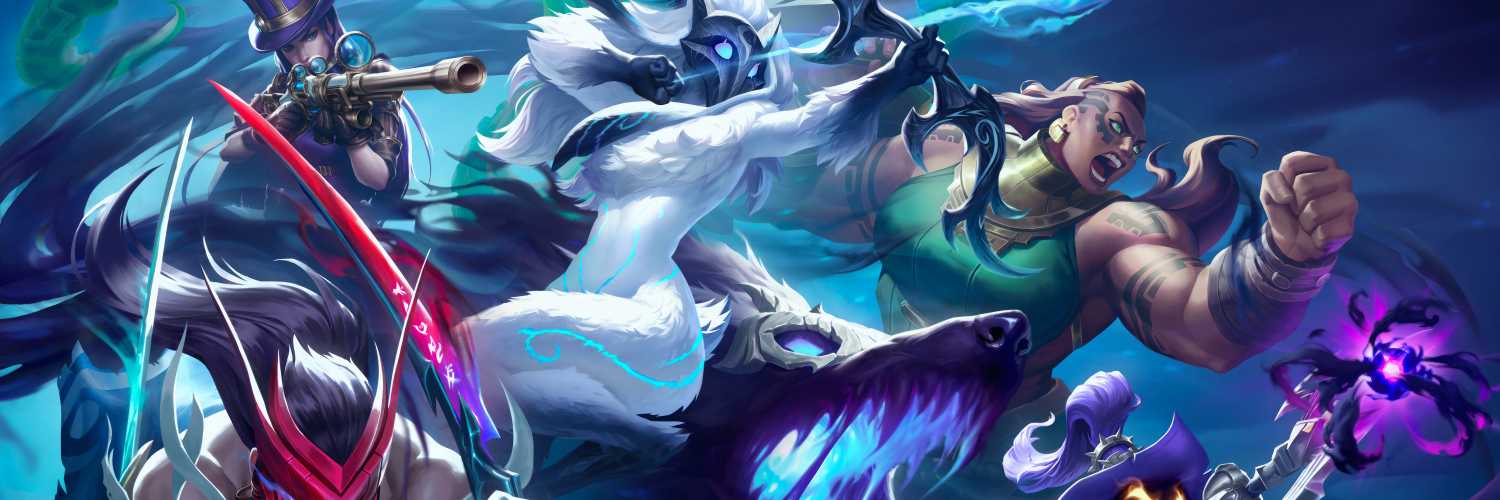
Every game of League of Legends has you controlling one of its 160+ Champions. Each Champion has a unique identity from both personality and gameplay perspectives, and each occupies one of League’s five main Roles: Top, Jungle, Mid, Bot (sometimes called ADC), and Support.
With 160+ Champion, the learning curve can seem daunting to new players. But, if you’re familiar with other games that have character classes or use RPG-like terminology, you’ll find that League of Legends works within similar terms. From Tanks, to Marksman, to Mages, League of Legends classifies each of its Champions within an overarching Class that breaks into subclasses to further accent the particular strengths and design philosophies of each Champion.
Additionally, by design, most Champion archetypes remain consistent between the Roles, sometimes called Lanes. Here’s a quick breakdown of the Roles and the Classes and Subclasses that call each home:
We’ve unpacked the Classes, their Subclasses, as well as the strengths, weaknesses, and goals of each Role here on our website. You can check out more information on all these classifications in our Classifying Classes piece and our Core Concepts of Each Lane. These articles will help you get an idea on the typical expectation of League of Legends’ Champion archetypes, as well as fill you in on what to expect for each Role in the game.
Lastly, Champions in League are more than just units you pilot to play the game. They’re characters in an ever expanding setting called Runeterra which is the fictional world where every Champion calls home or interacts with in some way. Each Champion has a region they call home, has their own goals and motivations, and often share similar aesthetics or interact in unique ways with Champions they share narrative based connections with in-game. The easiest example of this would be to point you towards Riot’s hit Netflix series Arcane where the Piltover and Zaun characters of Caitlyn, Jinx, Vi, Jayce, and Viktor (as well as others) all run the show as the leading characters.
Additionally, Champions have made appearances in other titles as well such as Riot’s auto-chess title of Teamfight Tactics, the soon to be released fighting game 2XKO, and the digital card game Legends of Runeterra, as well as other titles. So, if you like a character, it’s likely you can find them tied to one or many of Riot’s games beyond League of Legends.

Winding back now to talk about that format and map of League of Legends, where our previously mentioned Champions clash for victory. Summoner’s Rift is the name of the map where LoL’s primary 5v5 PVP mode happens. Here players compete to ultimately destroy the opposing team’s Nexus to win the game, while also competing for small objectives across the map that offer gold, buffs, and resources to the teams that acquire them.
Without covering the Nexus, let’s break down each objective on the map and unpack its importance:
Minions - Which spawn from each Nexus, push down each of the map's Lanes, and will lay siege to the opposing side of the map, attack enemy Minions, Players, and all Structures until the game ends. Minions can be killed by players to generate a resource known as Gold and when they die they grant Experience to those around them.
Turrets - Turrets are static structures down each Lane that are allied to each team. They deal damage to the opposing teams and give vision of the areas they occupy. When Turrets are destroyed, they give gold to the teams that take them down and the next Turret in the lane becomes vulnerable to attack.
Inhibitors - After all Turrets are downed in a lane, the Inhibitor is exposed. Inhibitors are small Nexus-like structures that when destroyed spawn allied Super Minions down their respective lane. Super Minions grant more Gold and are more powerful than regular Minions and are great at helping to push and end the game.
Red & Blue Buff - League of Legends’ map mirrors from one side to the other, meaning that Blue and Red buffs start off the same way. These two buffs, while largely minor, still give passive combat and resource benefits to Champions when they are killed.
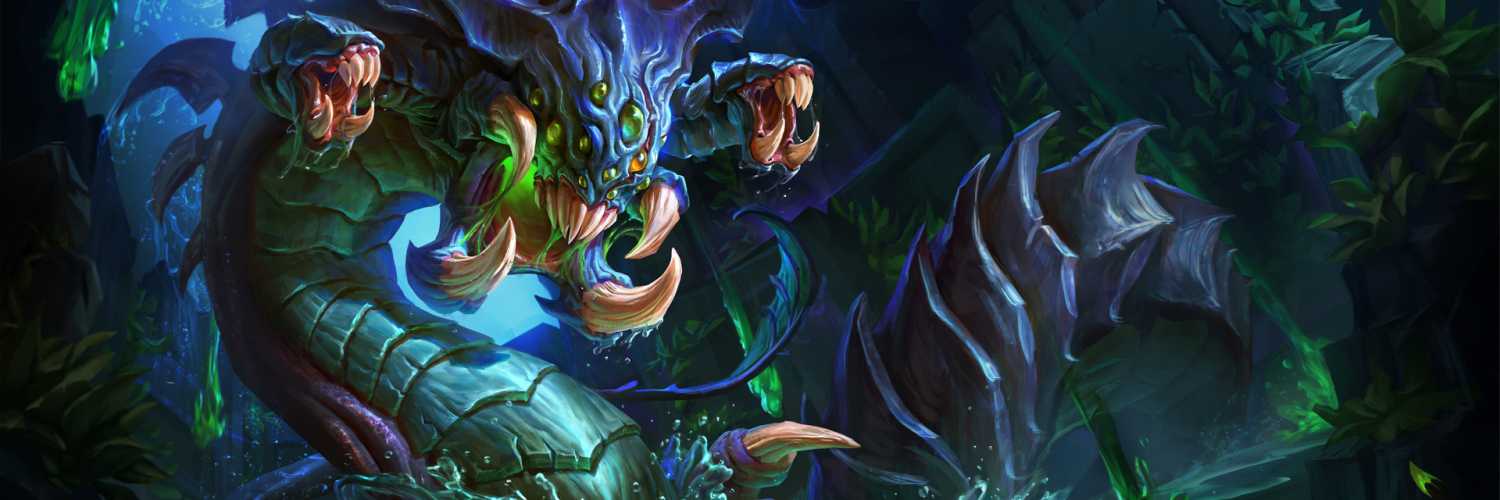
Void Grubs, Rift Herald, and Baron - Each spawn in the same location on the map, the neutral River Pit between Top and Mid Lane, but each does something different.
Void Grubs spawn in threes, and spawn twice during the early game. When a team takes down a Void Grub, their basic attacks deal extra damage against opposing structures. Meaning the more you kill, the better as this buff stacks.
Rift Herald can spawn twice during the game, spawns after Void Grubs time on the map is finished. Rift, when killed, drops an eye that can be picked up by the slaying team. This eye replaces the trinket of the player that picks it up, and allows for the Herald to be summoned in a different location. Automatically, Herald will march down the nearest lane to his summon point and begin to attack waves before eventually building up to tackle a turret for big damage. Otherwise, players can pilot the Herald themselves to get his tackle off faster, or use his displacing charge as a creative engage tool.
Baron is the final spawn of the top pit and will continue to spawn after 20 minutes until the game has ended. Each time you kill baron your team gets a damage buff based on how many times you’ve slain Nashor, and each time he’s killed he grants a purple buff that buffs allied Minions, making them faster and stronger to help push down lanes to end the game or take objectives.
The Elemental Dragons and Elder Dragon - Last, but not least, on the opposite side of the map between Mid and Bot is Dragon Pit. Dragon is, perhaps, League’s most important neutral objective. The Elemental Dragons come in four types, Infernal, Ocean, Cloud, and Mountain, and each dragon type offers the team a different buff when it is slain.
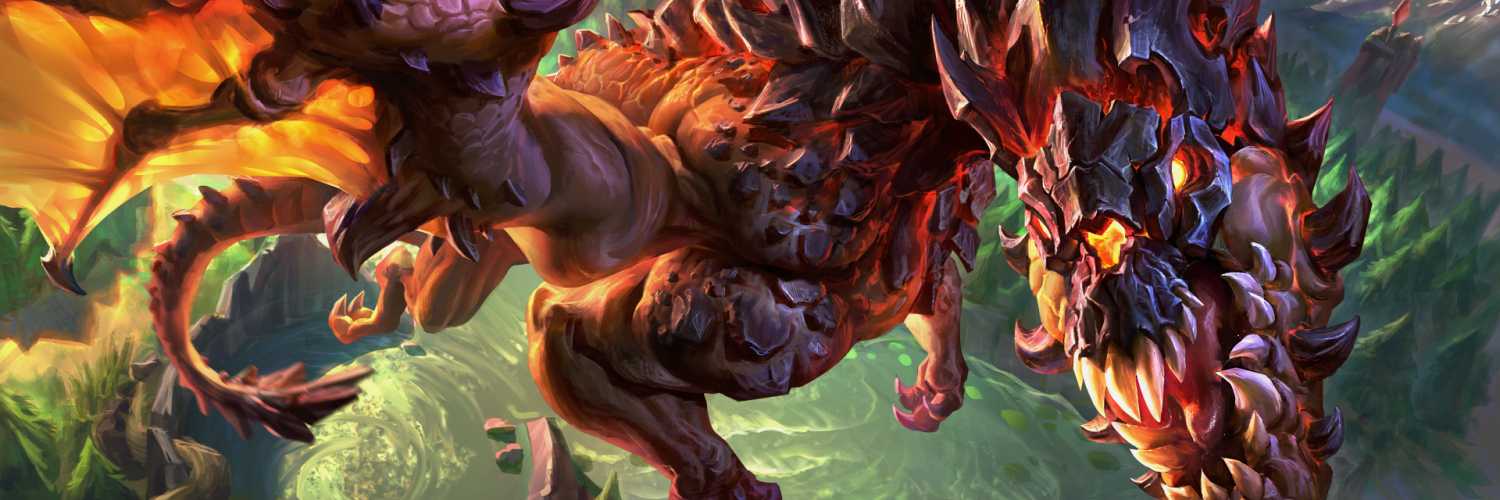
The buffs are small at first, but Dragons can be stacked to amplify the effects, culminating into a powerful permanent buff called Dragon Soul after a team slays their fourth Dragon. The buffs are as follows:
So, much of League’s gameplay is dictated around acquiring Soul as it can be used for an efficient win condition for the game. Its passive buffs and Soul buff are extremely powerful and truly make some Champions entirely broken if they are able to acquire the Soul buff or stack multiple layers of a Dragon’s smaller effect. But, the last Dragon to cover is the grand-daddy of them all, Elder Dragon.
Elder Dragon spawns after a team has claimed a Dragon Soul. Elder is bigger and tougher than any of the other Dragons, and like Baron, can quickly turn the tide of a game or be the tool that closes the game out for the slaying team. When killed, for 150 seconds, Elder applies a passive burn to the attacks of the slaying Champions. When enemies that are burned by Elder’s buff fall below 20% health, they are executed/killed immediately with a burst of damage with only Invulnerability effects being able to save them.
So, that’s each of League of Legends’ objectives and a rough TL;DR of their importance and effects. We’re almost done with our guide, so lock in for the last section as we explain…
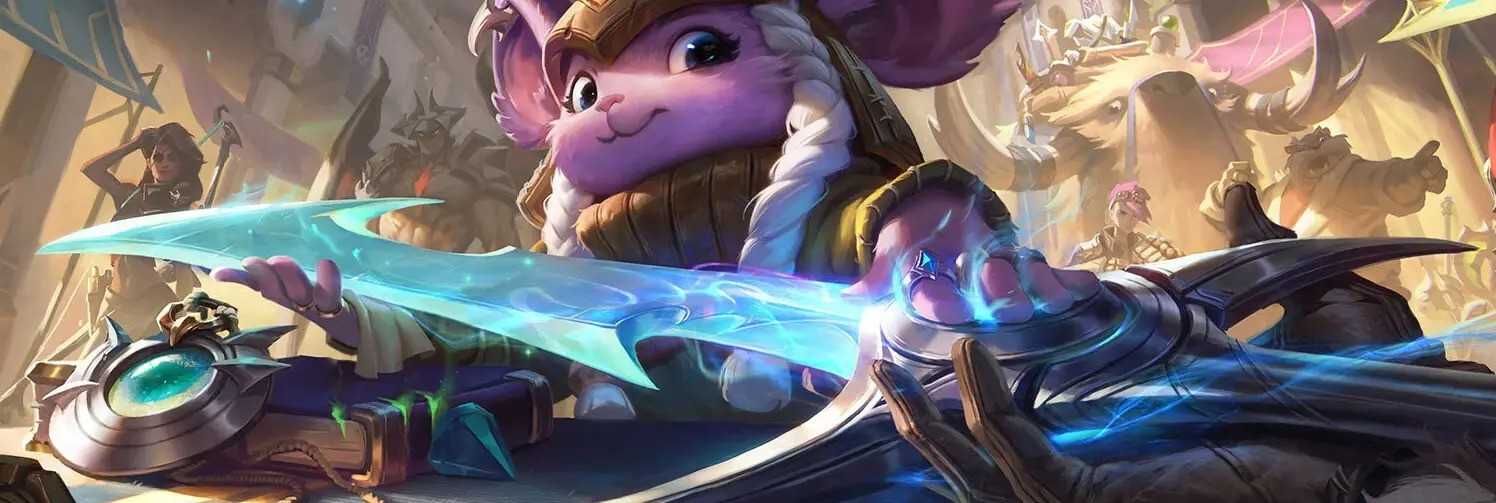
The last layer of LoL’s MOBA formula that players should be aware of is Champion customization. While Champions abilities and their growth rates remain consistent from game to game there are ways that players can accent what a Champion does, or sometimes change their playstyle entirely, by equipping them with Items and selecting Runes.
We’ll briefly cover Runes first as they are a pre-game decision that you make prior to the game. Runes are a skill tree system and come in five unique archetypes that each are designed to synergize and accent certain playstyles. Let’s quickly break those down:
Each tree has three Keystones which are the big runes that either aim to synergize with the strengths of a Champion, or redefine how they want to approach the game. For example, Aftershock is extremely common on aggressive Tanks because it rewards them for landing their abilities and makes them tankier in the middle of a fight for a brief period. While Guardian is great for the defensive Tanks who want to protect key players on their team. Keystone decisions can be entirely warping to a player’s approach to the game and can sometimes entirely dictate a Champion’s strength in the competitive scene both on the Ranked Ladder and in Professional play.
Otherwise, beyond Runes, there is the in-game customization to talk about called Items. Itemization, the act of building items on your Champion, like Runes can entirely change the way you approach the game on a Champion, and some Champions are designed to have multiple ways to play so that they can both be diverse for the player, but also to add an extra layer of strategy and adaptability to the game for all players.
A prime example would be a Champion like Shyvana. Shyvana possesses two popular playstyles, a Fighter focused playstyle that accents her abilities to empower her auto-attacks and disrupt the middle of a fight with her ultimate, and then there’s an Mage playstyle where the itemization ignores the previous aspects of her kit to focus on abusing the tuning of her ability called Flame Breath. Of course, in most instances one playstyle typically trumps the other in effectiveness in a competitive sense, but for players that love Shyvana they have that extra layer of game diversity to express themselves with.
So, Runes and Itemization are where a lot of your player expression, and Riot’s balancing, comes in. Addressing items that may warp games beyond expectations, or adjusting Rune synergies with certain Champions may completely shuffle the strengths and weaknesses of picks from patch to patch, and players have to stay on top of that or work to discover what is powerful each adjustment period.
So, that’s all folks! You’ve got everything in your hands that you need to know to get started with League of Legends. We encourage any player that’s looking to try the game to give League’s massive roster a look over and find what Champion appeals to you either through gameplay or aesthetics and to pick them repeatedly as you learn the game. It’s one of the best ways to ensure you’re having a good time, and if you’re not, well you’ve got 160+ options to explore to see if the game is right for you.
Good luck in getting started with your League of Legends career!